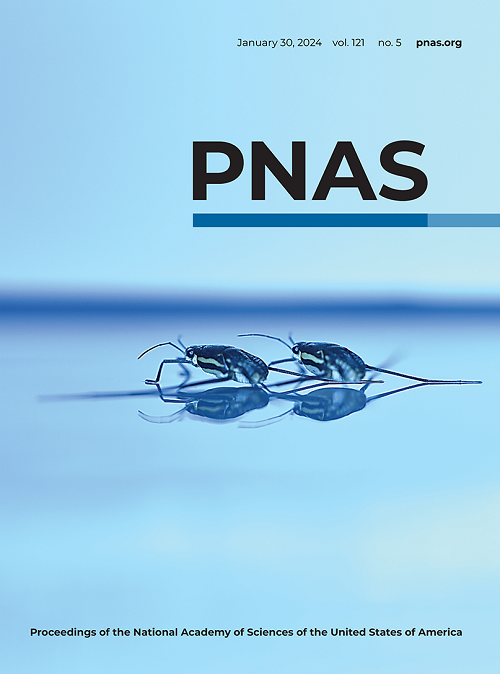Himalayan “S-type” granite generated from I-type sources
IF 9.4
1区 综合性期刊
Q1 MULTIDISCIPLINARY SCIENCES
Proceedings of the National Academy of Sciences of the United States of America
Pub Date : 2025-05-30
DOI:10.1073/pnas.2500480122
引用次数: 0
Abstract
Partial melting of metasedimentary rocks is generally accepted as the source of peraluminous Himalayan leucogranites—they are commonly considered as pure “S-type” (sedimentary source) granites. Here, a uniquely comprehensive geochronological and geochemical dataset shows that partial melting of metaigneous rocks in the eastern Himalaya produced peraluminous leucogranites—these supposed S-type leucogranites have I-type (igneous) sources. Inherited magmatic zircons from leucogranites and metaigneous rocks have indistinguishable ages, trace element compositions, and Hf isotope compositions, distinct from zircons in metasedimentary rocks. Experimentally, partial melting of metagranitic rocks rather than metapelites predicts alkali major element chemistry of these leucogranites better. High δ喜玛拉雅“s型”花岗岩产于“i型”源
过铝质喜马拉雅白花岗岩的成因一般认为是变质沉积岩的部分熔融作用,一般认为是纯的“s型”(沉积源)花岗岩。在这里,一个独特的综合年代学和地球化学数据表明,喜马拉雅东部变质岩的部分熔融产生了过铝质白花岗岩-这些假定的s型白花岗岩具有i型(火成岩)来源。白花岗岩和变质岩中继承的岩浆锆石与变质沉积岩中的锆石年龄、微量元素组成和Hf同位素组成没有明显区别。实验结果表明,偏辉长岩的部分熔融比偏辉长岩更能预测浅花岗岩的碱主元素化学性质。高δ 18 O、高87 Sr/ 86 Sr和低ε Nd (t)被认为是变质沉积岩的来源,但在变质岩中存在重叠值。虽然也有沉积源的浅花岗岩,但在大型热造山带中,火成岩源的浅花岗岩很可能是常见的。对整个喜马拉雅地区的浅色花岗岩地球化学调查表明,约20%可能为i型,没有明显的时空偏差。然而,i型浅绿花岗岩似乎缺乏稀有金属。与先前的断言不同,i型花岗岩代表了造山带的幼年添加物,变质岩来源的喜马拉雅花岗岩更有可能代表地壳改造。
本文章由计算机程序翻译,如有差异,请以英文原文为准。
求助全文
约1分钟内获得全文
求助全文
来源期刊
CiteScore
19.00
自引率
0.90%
发文量
3575
审稿时长
2.5 months
期刊介绍:
The Proceedings of the National Academy of Sciences (PNAS), a peer-reviewed journal of the National Academy of Sciences (NAS), serves as an authoritative source for high-impact, original research across the biological, physical, and social sciences. With a global scope, the journal welcomes submissions from researchers worldwide, making it an inclusive platform for advancing scientific knowledge.

 求助内容:
求助内容: 应助结果提醒方式:
应助结果提醒方式:


